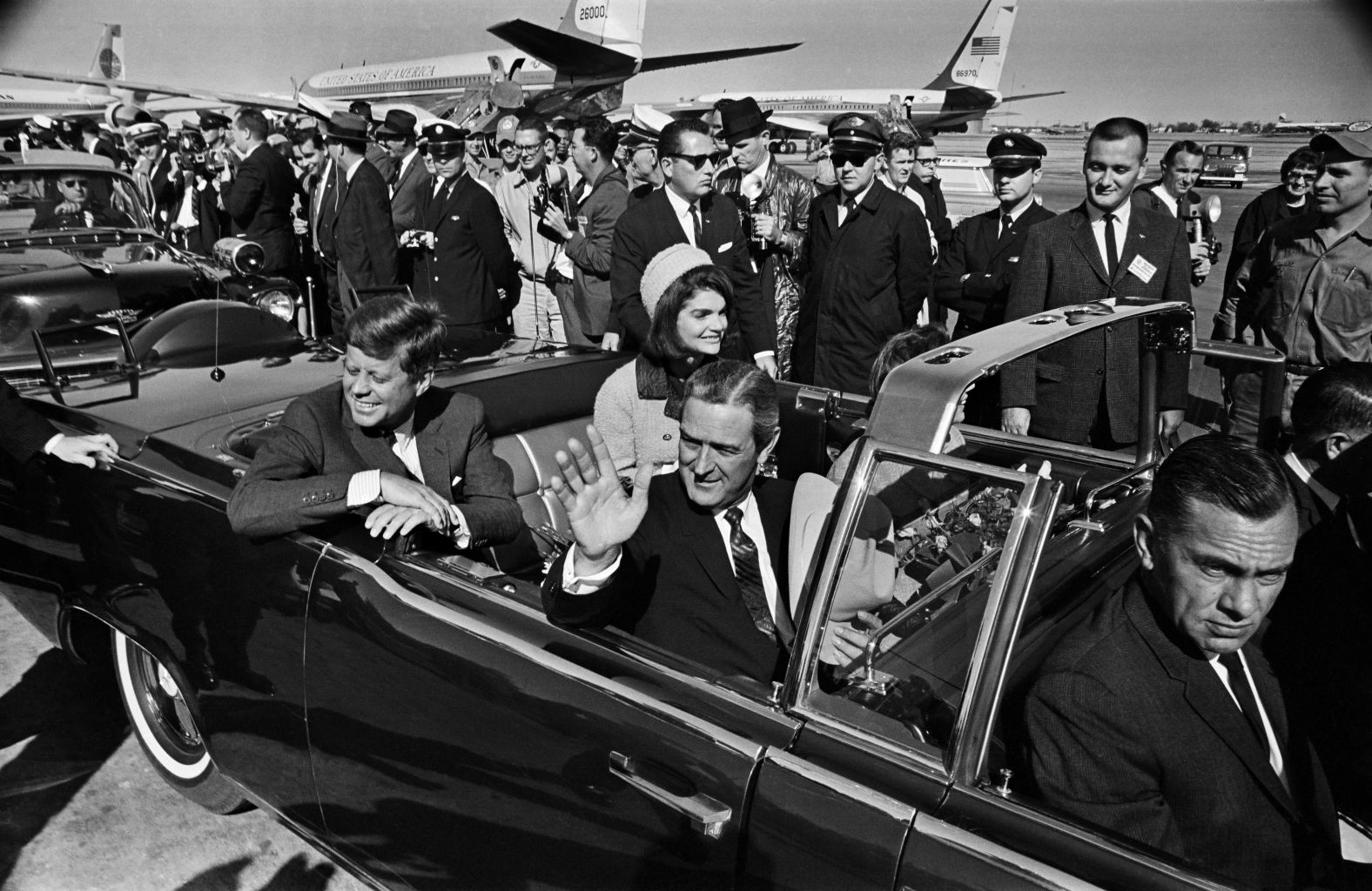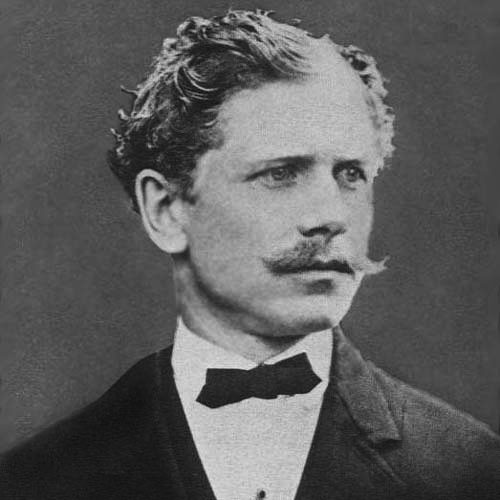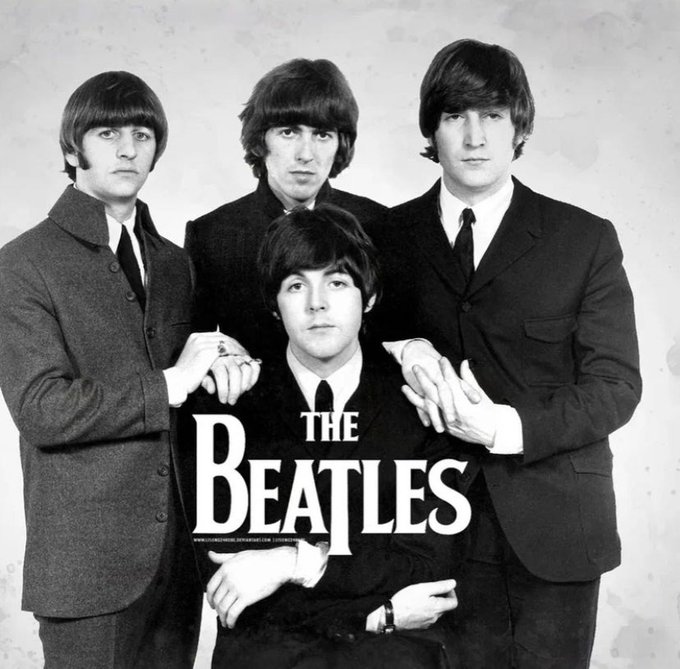Ringo
Gold Member
60 years ago today


Follow along with the video below to see how to install our site as a web app on your home screen.

Note: This feature currently requires accessing the site using the built-in Safari browser.





60 years ago today

Last? They have later three more kings and two emperorsOn January 21, 1793, King Louis XVI was beheaded, becoming the last king of France.
